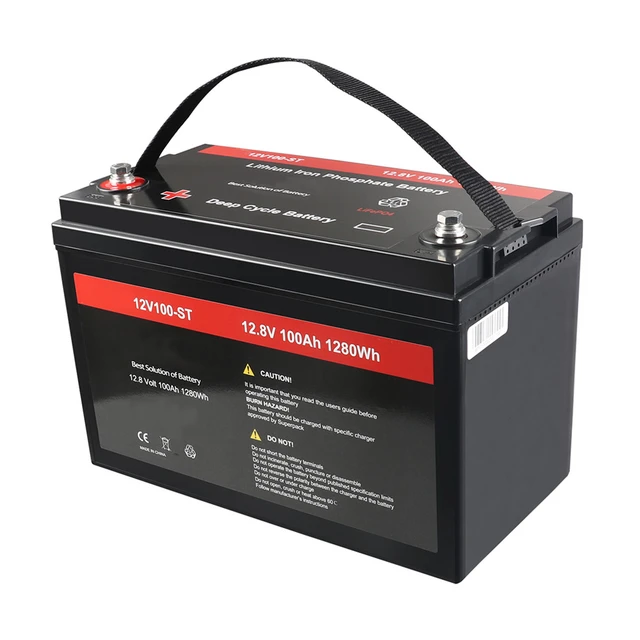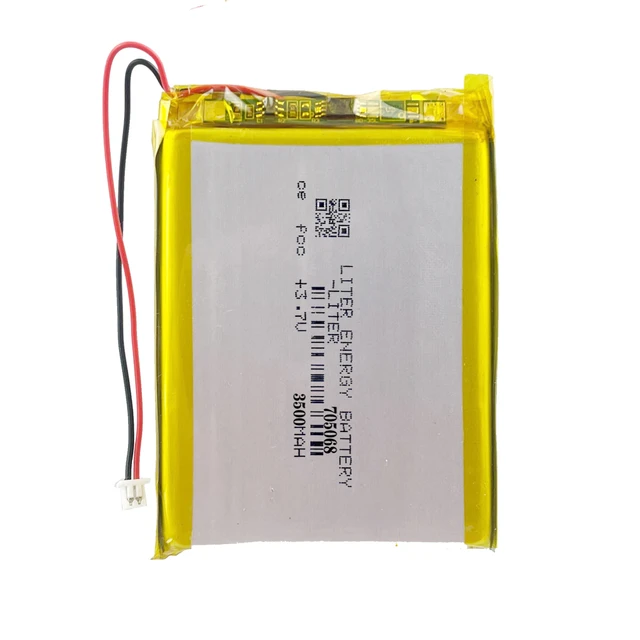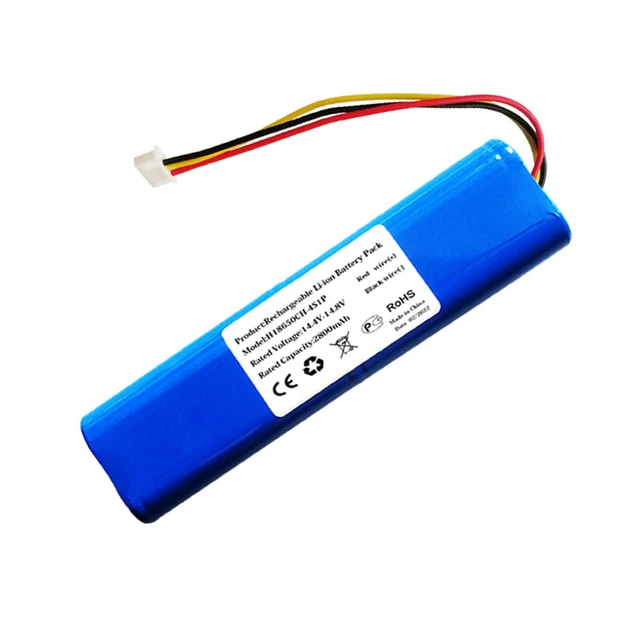 Introduction:
Introduction:
How to tell if battery is dead?
Determining whether a battery is dead is important in diagnosing power-related issues and ensuring reliable performance of electronic devices. Whether it’s a car battery, a household battery, or a portable device battery, knowing how to identify a dead battery can save you time and frustration. In this comprehensive guide, we will explore simple signs and testing methods to determine if a battery is dead. By understanding these indicators and performing basic tests, you can accurately assess the condition of a battery and take appropriate action.
 Introduction to Identifying a Dead Battery
Introduction to Identifying a Dead Battery
How to tell if battery is dead?
Knowing how to tell if a battery is dead is essential for troubleshooting and maintaining the performance of electronic devices.
A. Battery Functionality: A dead battery cannot provide the necessary power for devices to operate, leading to a loss of functionality.
B. Potential Causes: Various factors, including age, usage, over-discharge, and insufficient charging, can contribute to a dead battery.
Some common types of batteries and the materials
Batteries come in various types and materials, each with its unique characteristics and applications. Here are some common types of batteries and the materials used to construct them:
Alkaline Batteries:
Alkaline batteries are versatile and widely used in everyday devices such as remote controls, toys, and flashlights. They are made of manganese dioxide (positive electrode) and zinc (negative electrode) with an alkaline electrolyte.
Lithium-Ion (Li-ion) Batteries:
Li-ion batteries are rechargeable and commonly used in mobile phones, laptops, and electric vehicles. They consist of lithium cobalt oxide or lithium iron phosphate (positive electrode), graphite or carbon (negative electrode), and a lithium salt electrolyte.
Nickel-Metal Hydride (Ni-MH) Batteries:
Ni-MH batteries are also rechargeable and find applications in portable electronics, power tools, and hybrid cars. They are composed of a nickel oxyhydroxide (positive electrode), hydrogen-absorbing alloy (negative electrode), and potassium hydroxide electrolyte.
Lead-Acid Batteries:
Lead-acid batteries are widely used in automobiles, motorcycles, and uninterruptible power supply (UPS) systems. They consist of lead dioxide (positive electrode), sponge lead (negative electrode), and sulfuric acid electrolyte.
Zinc-Carbon Batteries:
Zinc-carbon batteries, also known as carbon-zinc batteries, are commonly used in low-drain devices like remote controls and flashlights. They are made with a zinc can (negative electrode), a carbon rod (positive electrode), and a manganese dioxide electrolyte.
Silver-Oxide Batteries:
Silver-oxide batteries are used in wristwatches, calculators, and medical devices. They feature a silver oxide (positive electrode), zinc or amalgamated zinc (negative electrode), and an alkaline electrolyte.
Lithium Polymer (LiPo) Batteries:
LiPo batteries are lightweight and commonly used in drones, remote-controlled vehicles, and portable electronic devices. They consist of a solid or gel-like electrolyte and lithium-based positive and negative electrodes.
Nickel Cadmium (NiCd) Batteries:
NiCd batteries, although less common nowadays, are rechargeable and were previously used in portable electronics. They are composed of a nickel oxyhydroxide (positive electrode), cadmium (negative electrode), and potassium hydroxide electrolyte.
These are just a few examples of batteries and their respective materials. It’s important to consider the specific requirements and limitations of each type when selecting a battery for a particular application, as different batteries offer varying performance, capacity, and cycle life.
 Sign 1: Diminished Power or Performance
Sign 1: Diminished Power or Performance
How to tell if battery is dead?
One of the simplest ways to identify a dead battery is by noticing a lack of power or decreased performance.
A. Diminished Power: The device may not turn on or operate at its usual capacity when the battery is dead or near depletion.
B. Slow Performance: You may notice sluggishness or reduced speed in electronic devices when the battery is low or nearing its end.
Sign 2: Complete Loss of Power
A clear indicator of a dead battery is when there is a complete loss of power, resulting in the device not working at all.
A. Device Failure: The device may not respond or show any signs of life when turned on.
B. No Output: If the battery is dead, there will be no power output or display on the device.
Sign 3: Swollen or Leaking Battery
Physical changes in the battery, such as swelling or leaking, can signify a dead or malfunctioning battery.
A. Swelling: A bloated or swollen battery indicates internal damage or chemical reactions, which can render it useless or unsafe.
B. Leakage: Fluid leakage or corroded terminals suggest battery deterioration and potential failure.
Battery Testing Methods
Performing simple tests can provide a more accurate assessment of a battery’s condition.
A. Visual Inspection: Examine the battery for any physical damage, leakage, or swelling, as discussed earlier.
B. Voltage Testing: Use a multimeter or battery tester to measure the voltage output of the battery. A significantly low or zero voltage reading may indicate a dead battery.
C. Load Testing: A load tester can assess the battery’s ability to hold a charge under a simulated load. An inability to maintain sufficient voltage during the test can indicate a dead battery.
 Battery Revival and Maintenance
Battery Revival and Maintenance
In some cases, batteries can be revived or maintained for extended use with proper techniques.
A. Recharging: Dead or depleted rechargeable batteries may be revitalized by properly recharging them, usually through a compatible charger.
B. Maintenance Charging: Regularly charging and discharging batteries within the recommended range can prolong their lifespan and prevent a complete discharge.
VII. Proper Battery Disposal
Dead or irreparable batteries should be disposed of properly to ensure safety and minimize environmental impact.
A. Recycling Centers: Locate recycling centers or drop-off points that accept batteries as hazardous waste for safe and environmentally friendly disposal.
B. Local Regulations: Comply with local regulations concerning battery disposal to prevent harm to the environment and human health.
 Conclusion
Conclusion
How to tell if battery is dead?
The ability to identify a dead battery is crucial for troubleshooting and maintaining the performance of electronic devices. By recognizing signs such as diminished power, complete loss of power, physical changes, and performing proper battery tests, you can accurately assess the condition of a battery. Reviving or maintaining batteries through proper techniques can extend their lifespan. Remember to dispose of dead or irreparable batteries appropriately to ensure safety and environmental responsibility. By understanding these indicators and performing basic tests, you can confidently determine if a battery is dead and take appropriate action for optimal device performance.









